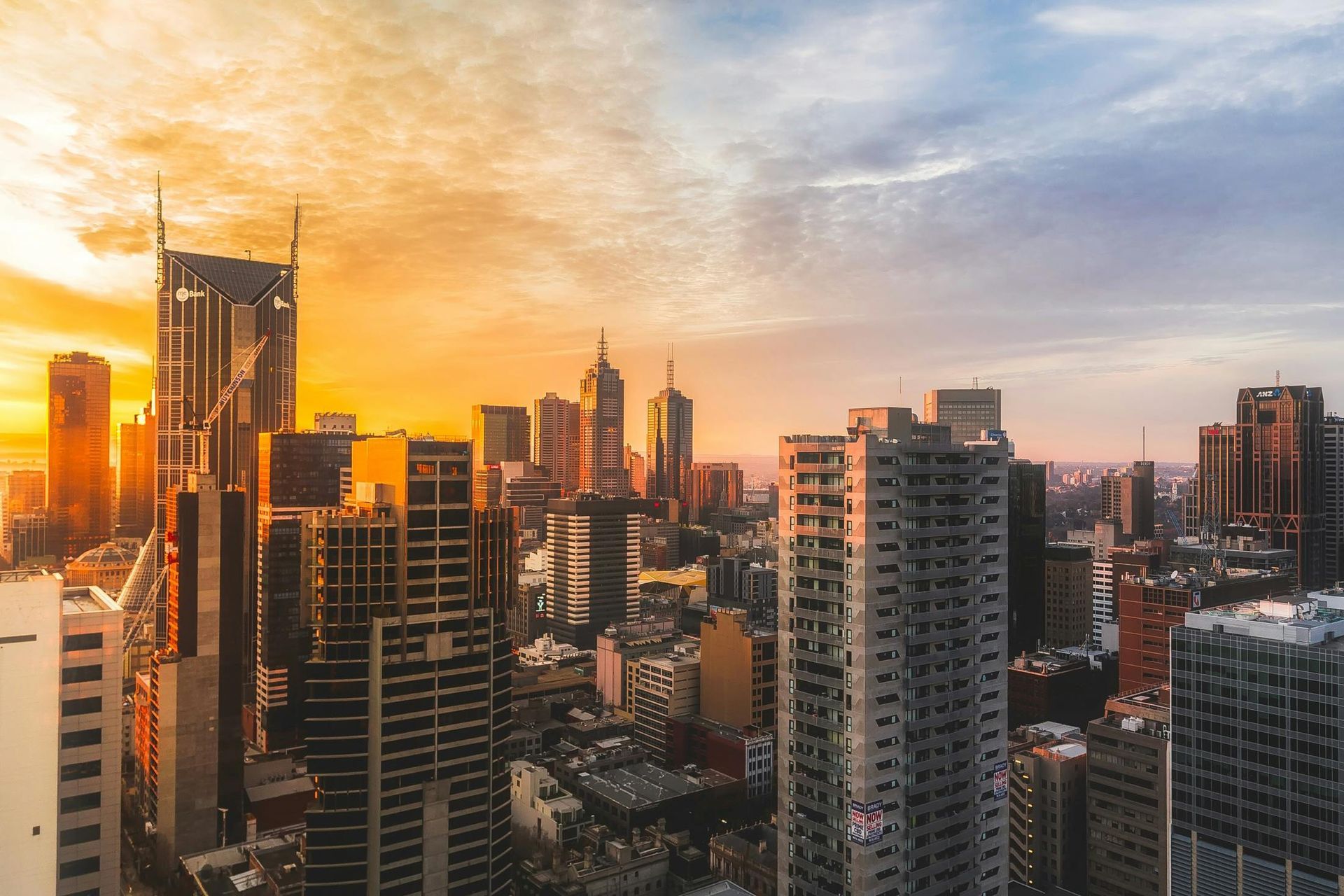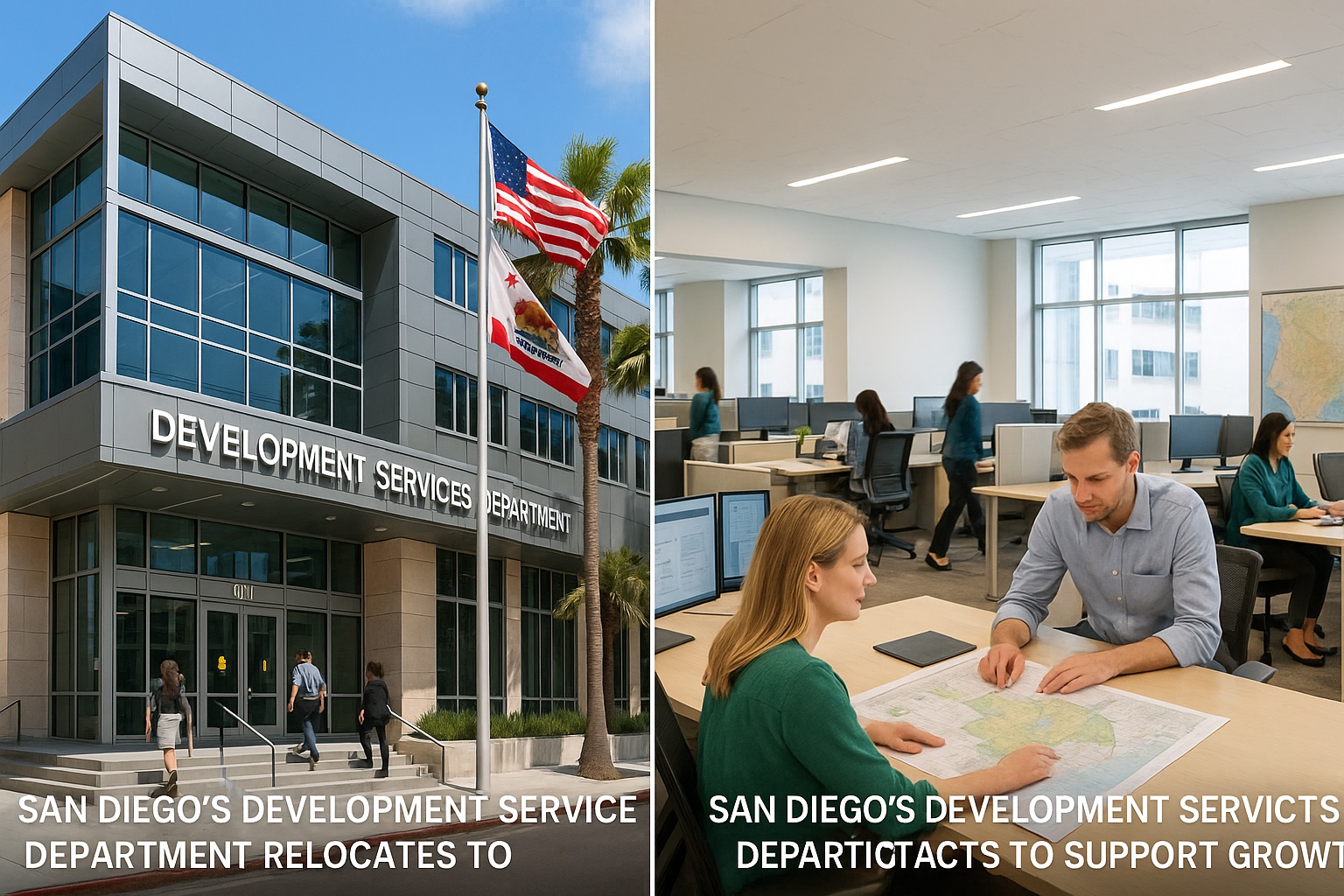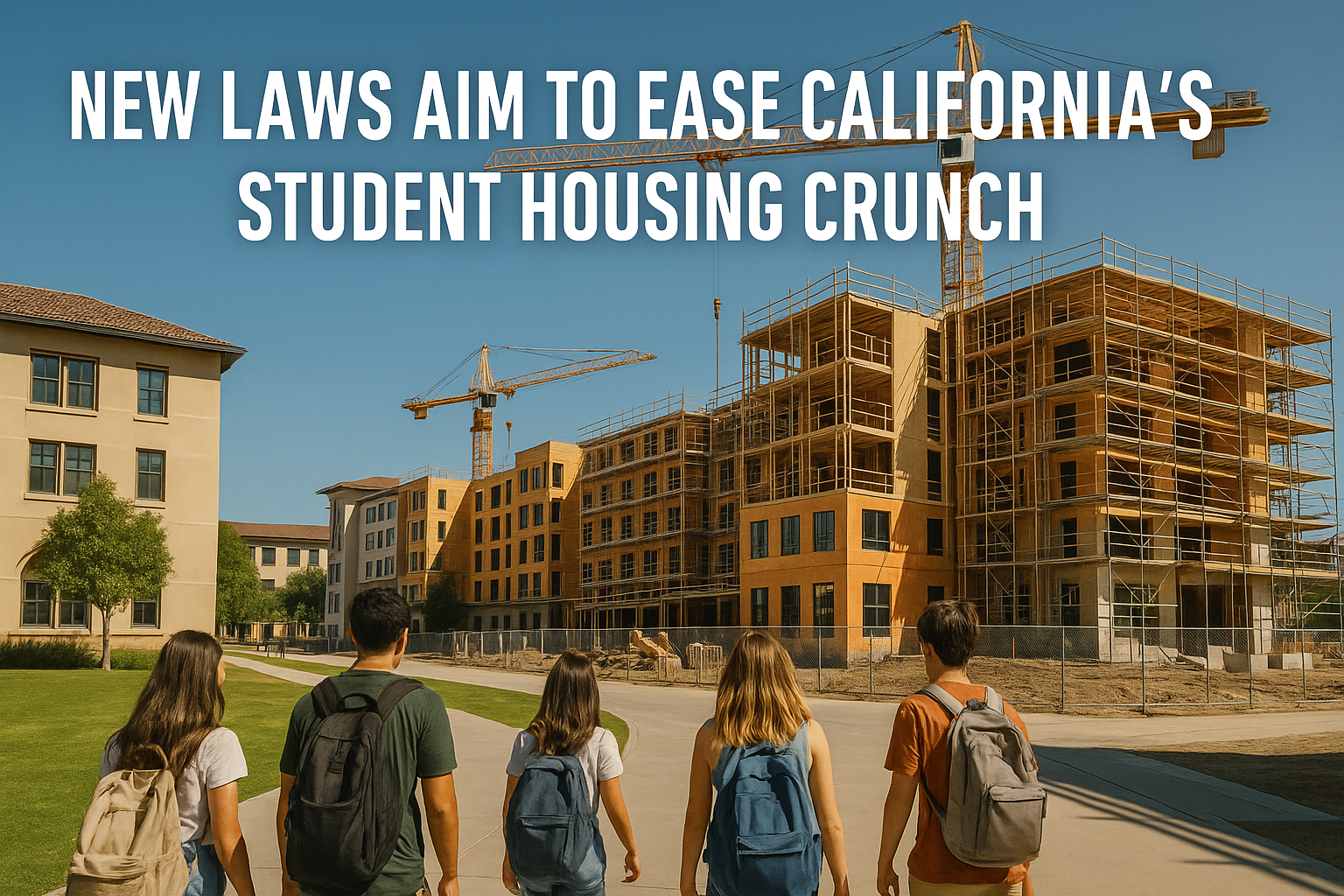SANDAG Builds New Rail Bridge in San Diego County
San Diego's North Coast Corridor keeps evolving, and one standout project is the new double-tracked rail bridge over Batiquitos Lagoon. Led by the San Diego Association of Governments (SANDAG) in partnership with Caltrans, this $166 million initiative replaces an aging 1940s-era single-track structure with a modern 336-foot span. Completion is targeted for 2028, promising smoother rail operations and environmental benefits. At Cali Dream Construction, we're all about spotlighting infrastructure that shapes our region—let's break down the details.
Project Overview and Key Players
The bridge forms part of a 0.6-mile rail expansion along the busy Interstate 5 corridor in northern San Diego County. Contractors Flatiron, Skanska, and Stacy and Witbeck handle the build, with SANDAG senior engineer Stephen Fordham overseeing operations.
- Length: 336 feet
- Tracks: Double-tracked for simultaneous northbound and southbound train movement
- Cost: $166 million
- Timeline: Approximately one-third complete as of late 2025; full completion by 2028
This upgrade addresses the limitations of the existing 308-foot single-track bridge, where trains often wait for oncoming traffic to clear.
Why Replace the Old Bridge?
Built in the 1940s, the current structure relies on 22 spans supported by timber piers and wooden piles—think oversized telephone poles driven into the lagoon bed. These have served for decades but can't handle modern demands.
The new design enables freight and passenger trains (including Amtrak and COASTER services) to pass without delays. It ties into broader goals of reducing greenhouse gas emissions by shifting more vehicles—nearly 400,000 shipped annually to the Port of San Diego—from trucks to rail.
Construction Techniques and Materials
Workers started by erecting a temporary trestle across the lagoon, just feet from I-5's constant hum. This structure supports cranes and equipment while keeping the existing rail line fully operational.
Foundation and Support System
- Piles: 42 cast-in-steel-shell (CISS) piles, each 3 feet in diameter with 1-inch-thick rolled steel
- Depth: Driven 120-130 feet into the lagoon bottom using pile-driving rigs and vibratory hammers
- Upper Structure: Filled with epoxy-coated rebar and concrete, topped by pier caps
The bridge features five sets of six CISS piles, plus two new abutments, creating six spans total.
Girders and Deck
- Girders: 24 precast concrete units, each 56 feet long, 7 feet wide, and 4 feet deep
- Placement: Lifted by cranes from the temporary trestle
- Finishing: Decking, railroad ballast rock, ties, and rails
Additional supports include H-beams, I-beams, and soldier piles, with the deck sitting 10 feet above the lagoon surface.
Material Quantities
- Steel: 365,000 pounds
- Concrete: 2,000 cubic yards
- Rock: 50,000 cubic yards (for slope protection)
- Soil Excavation: 50,000 cubic yards
Equipment lineup includes long-reach excavators, off-highway dump trucks, and heavy cranes—standard for bridge work but impressive in scale.
Environmental Considerations and Protections
Batiquitos Lagoon spans 561 acres and serves as a critical habitat, including nesting sites for the California least tern. The project operates under permits from the U.S. and California Departments of Fish and Wildlife.
- Breeding Season Restrictions: Major activities paused April through September to avoid disturbing least terns
- Habitat Restoration: One eroded nesting site is being rehabilitated
- Wave Protection: 50,000 cubic yards of large boulders placed around abutments; some reused from the old bridge
- Beach Replenishment: Excavated lagoon sand redirected to local beaches
The lagoon remains off-limits to boats and public access, preserving it as a bird estuary and game sanctuary.
Broader Impacts on Transportation and Economy
This bridge is a piece of the $6 billion North Coast Corridor (NCC) program, which includes over $250 million for coastal habitat enhancements. Partners encompass the North County Transit District (NCTD), cities of Encinitas and Carlsbad, Caltrans, California Department of Fish & Wildlife, California State Parks, and the California Coastal Commission.
Funding comes from TransNet and the Solutions for Congested Corridors Program via the California Transportation Commission.
It connects to projects like the San Elijo Lagoon Bridge, aiming to boost highway, rail, and bike options along I-5—potentially drawing more riders to public transit.
Current Progress and Visuals
As of October 2025, crews are positioning rebar, paving trackside areas, and advancing pile work. SANDAG photos capture the temporary trestle in action, cranes at the ready, and the double-track layout taking shape. (Credit: SANDAG)
For real-time updates, check SANDAG's project page at sandag.org.
At Cali Dream Construction, we track these developments because reliable infrastructure underpins every build in San Diego County. Whether you're planning a home remodel or commercial project, projects like this keep our region moving—literally. Stay tuned for more on local construction milestones.










